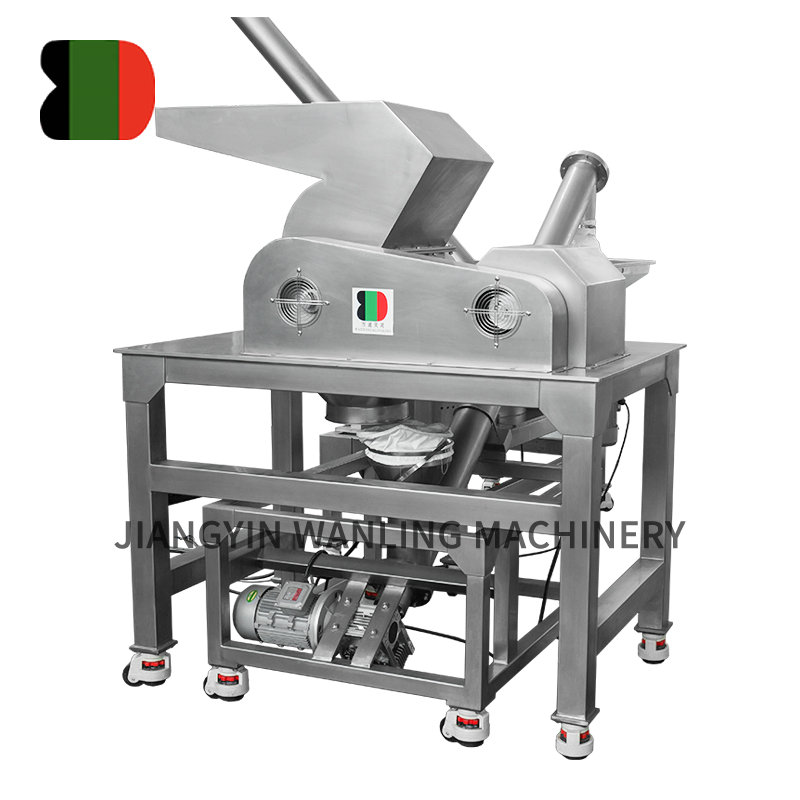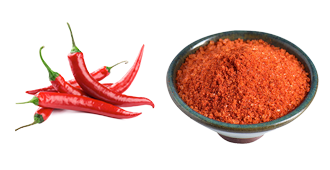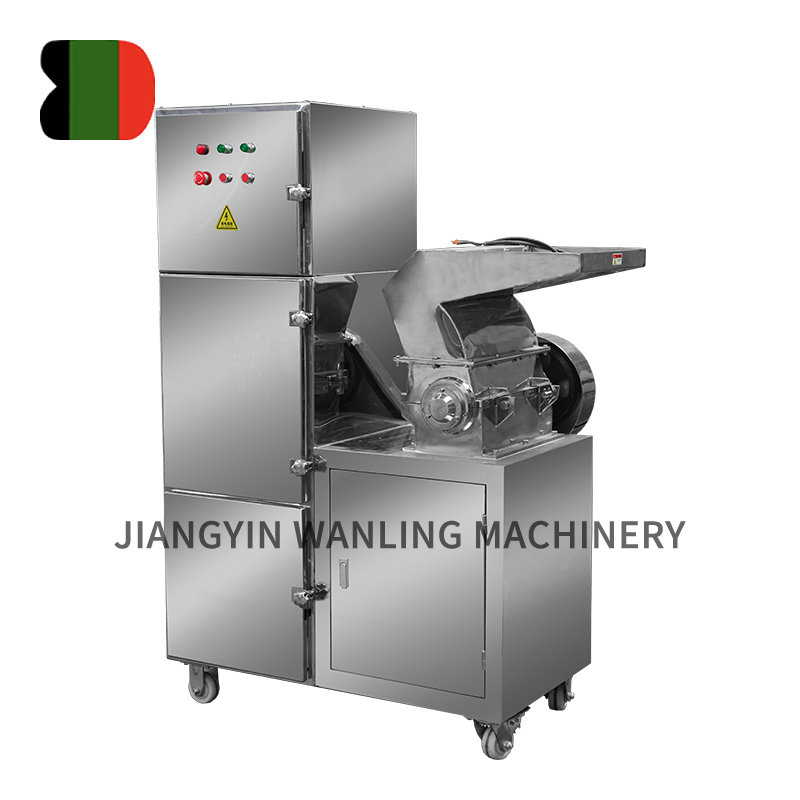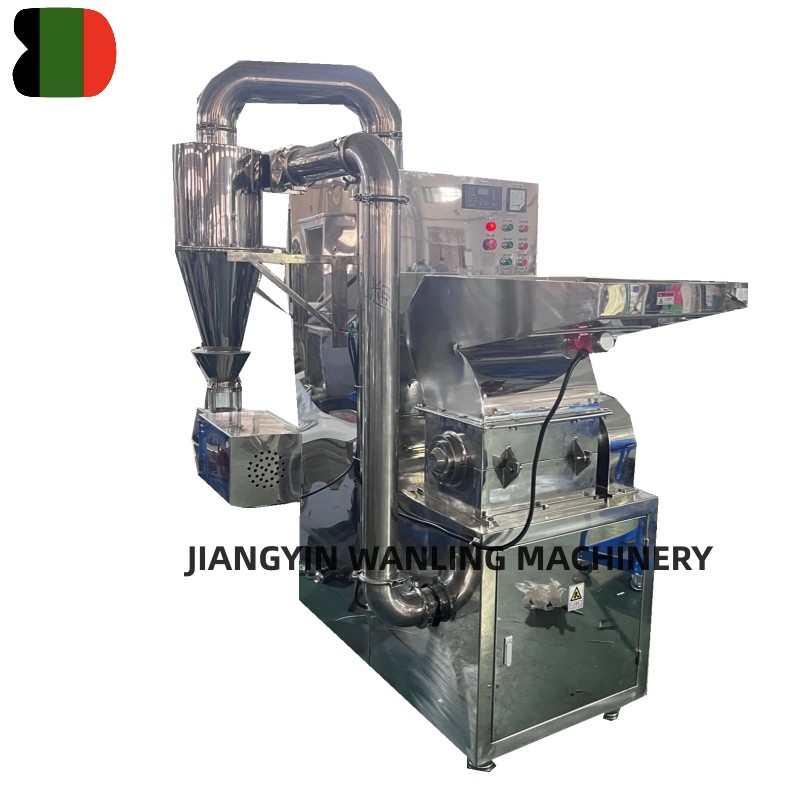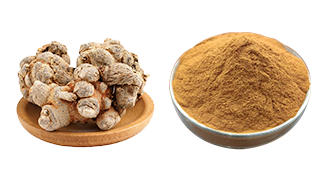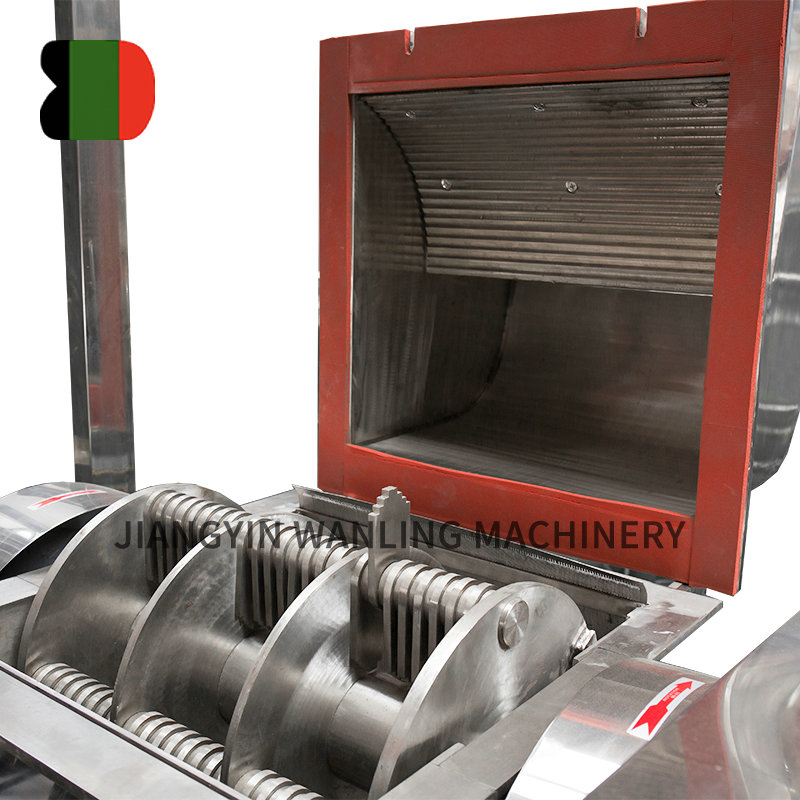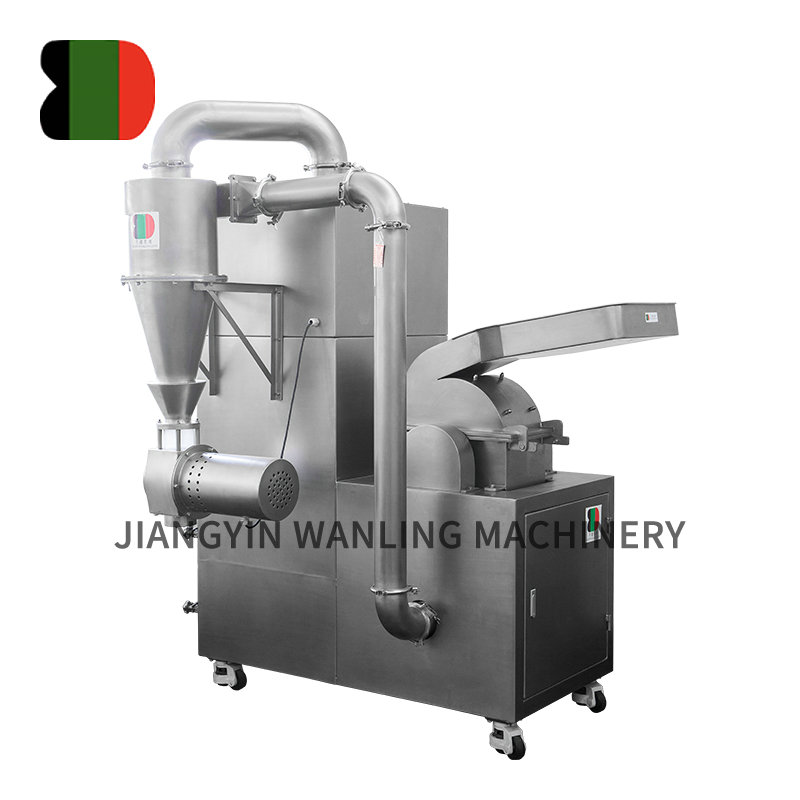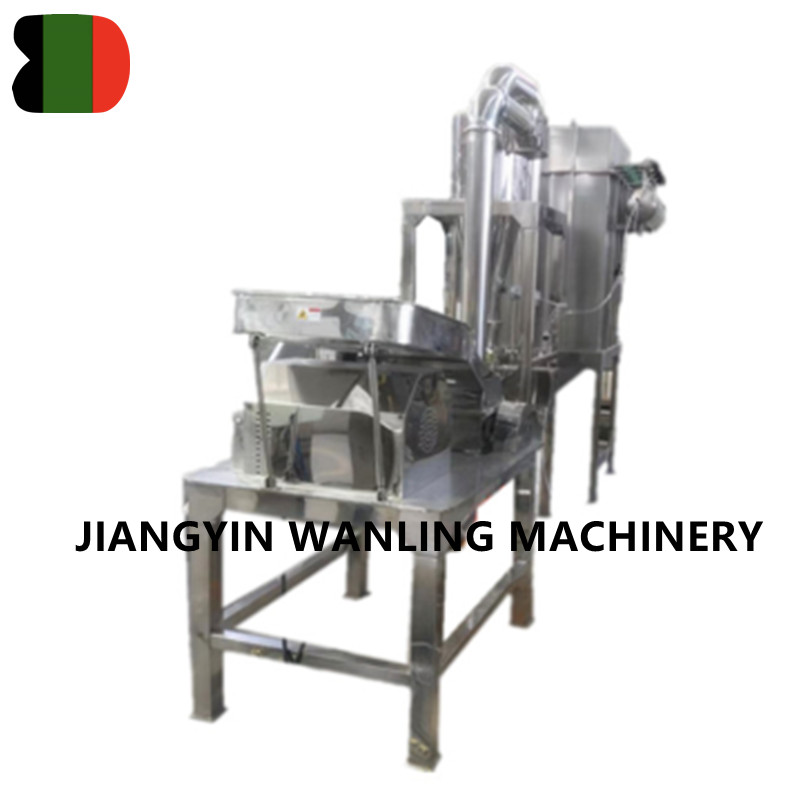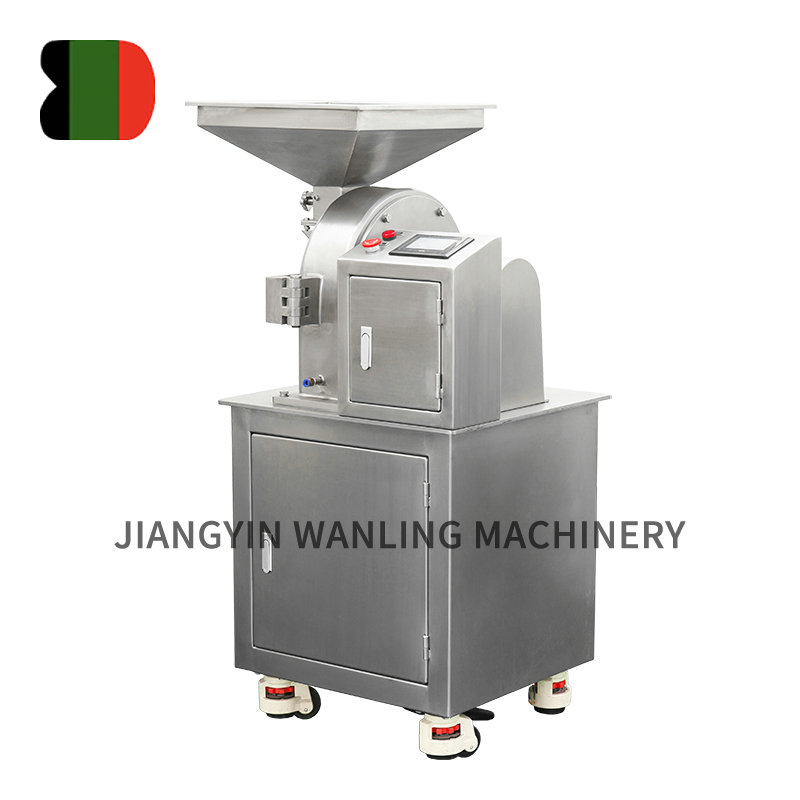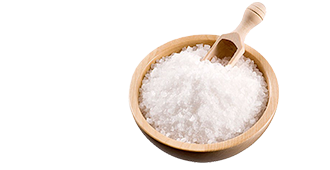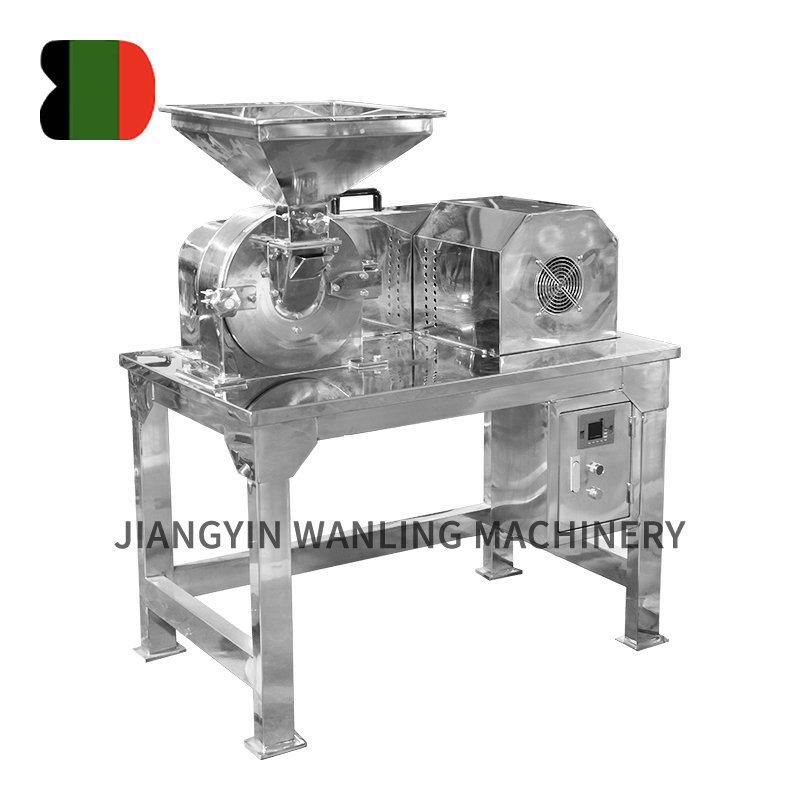Minimizing the risk of cross-contamination when cleaning double cone blenders is critical, especially in industries such as pharmaceuticals, food processing, and chemicals, where product purity and safety are paramount. Cross-contamination can occur when residues from previous batches remain in the blender, potentially contaminating the next batch. To reduce this risk, the following strategies can be employed:
Proper Cleaning Protocols:
Follow Standard Operating Procedures (SOPs): Establish and strictly follow detailed SOPs for cleaning, which should outline each step of the cleaning process, including the types of cleaning agents, equipment, and methods to be used. This ensures consistency and thoroughness in cleaning.
Use of Cleaning Validation: For critical industries like pharmaceuticals, cleaning validation is necessary. This involves testing to ensure that no residues from previous products remain in the blender after cleaning, confirming that the cleaning process is effective.
Disassembly and Inspection:
Disassemble Key Components: To ensure thorough cleaning, especially for hard-to-reach areas, disassemble parts of the double cone blender that can be removed, such as seals, gaskets, and the blender's interior components. These areas are potential hotspots for residue buildup.
Inspect for Residues: Regularly inspect the blender for any visible residues or signs of contamination before and after cleaning. This ensures that no material from previous batches remains in the machine.
Use of Cleaning Agents:
Appropriate Cleaning Agents: Choose cleaning agents that are effective against the specific materials being processed in the double cone blender. Some blenders require non-corrosive, food-safe, or non-toxic agents for specific applications (e.g., FDA-compliant agents for food or pharmaceutical applications).
Solvent Cleaning: In cases where residues are difficult to remove with water alone, solvent-based cleaning solutions or detergents can be used to dissolve sticky or greasy residues. However, ensure that the solvent is compatible with the blender's material and the product’s safety requirements.
Rinse and Flush Procedures:
Rinse After Each Use: Implement a thorough rinse cycle using water or a suitable solvent to flush away residual materials. This helps remove powders or sticky substances that might otherwise be left behind.
Use a Flush System: For larger blenders, installing a flush system that can spray cleaning solution into the blending chamber helps ensure that all surfaces are cleaned. This system can also be automated for efficiency.
Avoiding Residue Build-Up:
Minimize Residue Left in the Blender: To reduce the risk of contamination, minimize the amount of material left in the blender after each batch. Using a scraper or squeegee to remove excess material from the blender before cleaning can be helpful.
Use Cleaning Brushes or Wands: For any sticky or residual materials, use brushes, wands, or scrapers to scrub down the inside surfaces of the blender thoroughly. Special brushes designed for cleaning inside the cones can be effective in reaching areas that might otherwise accumulate materials.
Drying and Airflow Control:
Dry Thoroughly After Cleaning: After cleaning and rinsing, ensure that the blender is thoroughly dried before it is used again. Moisture can carry residual material, so leaving the blender damp increases the risk of cross-contamination. Using compressed air or drying systems can speed up this process.
Controlled Drying Conditions: Drying in a controlled environment with regulated temperature and airflow can prevent residual moisture from becoming a vector for cross-contamination.

Implementing Cleaning Cycles (CIP/SIP):
Clean-In-Place (CIP) Systems: For larger, more automated systems, CIP systems can be used for effective, continuous cleaning without disassembling the blender. These systems involve circulating cleaning solutions through the machine while it is still assembled, reducing the risk of operator error and ensuring more consistent cleaning results.
Steam-In-Place (SIP) Systems: In highly regulated industries, SIP systems may be used to sterilize the blender using steam to eliminate any microbial contamination after the cleaning process.
Implementing Color-Coding and Dedicated Equipment:
Color-Coding Equipment: To further reduce the risk of cross-contamination, consider using color-coded cleaning tools (e.g., brushes, wipes) that are designated for specific materials. This prevents the accidental use of cleaning tools used for other materials, which could lead to contamination.
Dedicated Equipment for Specific Products: For extremely sensitive or high-risk products, it may be necessary to designate separate blenders or batches for different product lines (e.g., allergens in food processing, or potent drugs in pharmaceuticals). This avoids any potential cross-contamination between product types.
Implementing Wash Validation and Sampling:
Swab Testing for Residual Contamination: After cleaning, swab testing or sample analysis can be performed to check for traces of previous materials. The swab samples are analyzed to ensure that they meet industry standards for cleanliness and cross-contamination limits.
Visual Inspection with UV Light or Other Techniques: Some manufacturers use UV light or other specialized inspection methods to detect residues that might not be visible to the naked eye, ensuring that the blender is clean.
Documentation and Traceability:
Record Keeping and Traceability: Maintaining accurate records of cleaning processes, validation tests, and inspection results is important for traceability in regulated industries. This ensures that any issues related to cross-contamination can be quickly identified and addressed, and it provides proof of compliance with industry standards.
Monitor Cleaning Frequency: Monitor and record the frequency of cleaning and maintenance to ensure that it aligns with the volume and type of material being processed. Frequent use or highly active ingredients may require more rigorous cleaning schedules.
Employee Training:
Comprehensive Training for Operators: Regular training on proper cleaning techniques, including the use of cleaning agents, equipment, and safety protocols, is essential to minimize cross-contamination risks. Operators should be trained to identify potential contamination sources and address them promptly.
Auditing and Continuous Improvement: Regular audits of cleaning processes and feedback from operators can help refine cleaning procedures, ensuring that cross-contamination risks are continually minimized.



 Español
Español